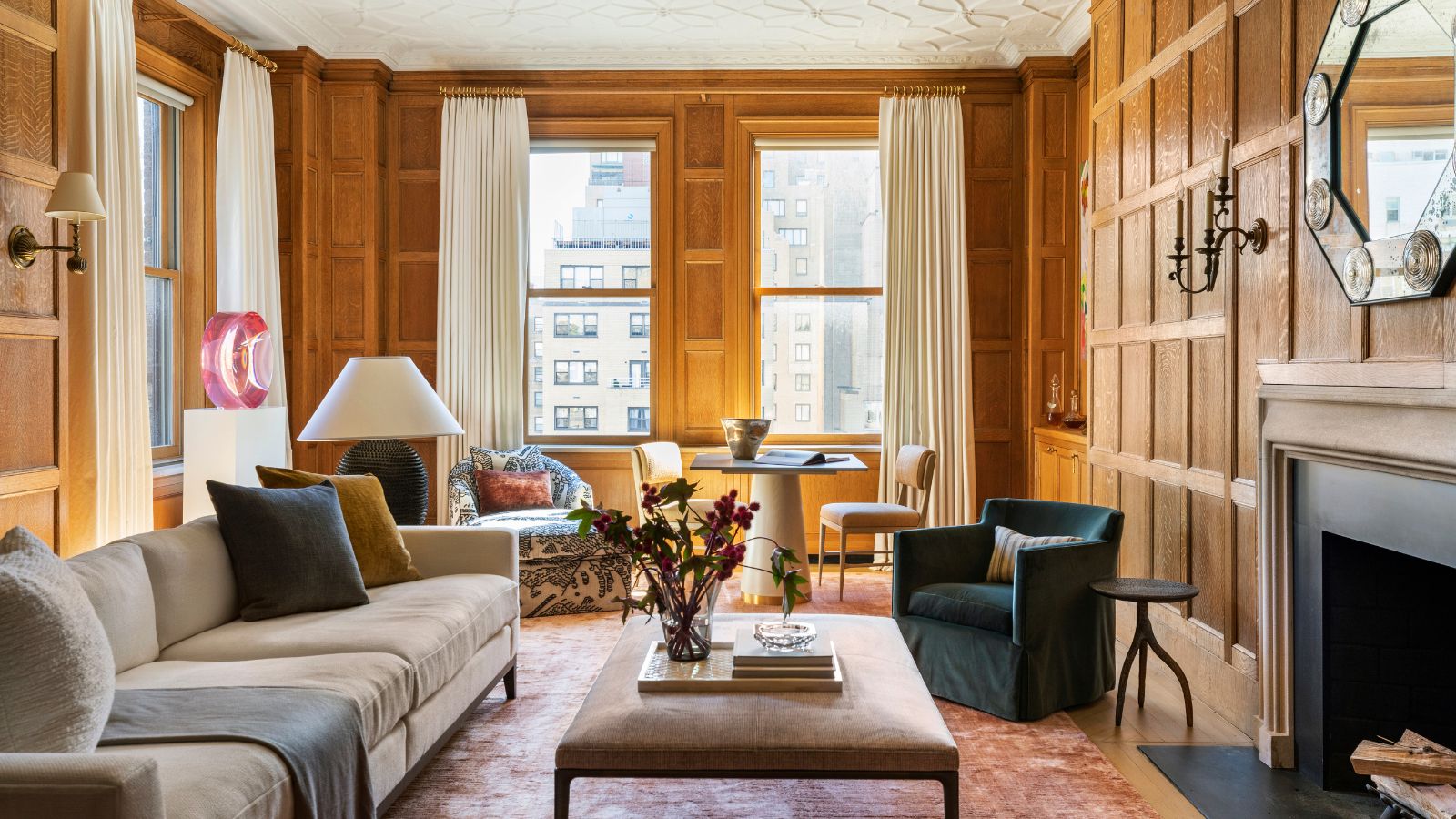In a world where trends shift rapidly, traditional house design remains a steadfast choice for homeowners seeking elegance, charm, and enduring appeal. Rooted in history yet adaptable to modern needs, these homes embody timeless home style that continues to inspire generations. By combining classic architecture ideas with thoughtful layouts and functional spaces, designers create residences that celebrate heritage while providing comfort and practicality. Embracing heritage living concepts ensures that a home not only reflects tradition but also fosters a sense of continuity and warmth.

Symmetry and Balanced Facades
A hallmark of traditional house design is symmetry. Balanced facades with evenly spaced windows, centered doorways, and harmonious proportions evoke a sense of order and sophistication. This careful attention to detail reinforces timeless home style, creating an aesthetic that never feels dated. Classic elements like gabled roofs, dormer windows, and decorative cornices enhance the visual appeal while staying true to heritage living concepts.
Rich Materials and Textures
Materials play a pivotal role in traditional house design. Natural stone, brick, wood, and slate convey permanence and authenticity, offering both durability and character. Using these textures strategically in exteriors, fireplaces, and flooring contributes to a timeless home style that feels warm and inviting. Incorporating classic architecture ideas such as exposed beams or intricate woodwork adds depth and richness, reflecting the craftsmanship of heritage designs.
Grand Entrances and Porches
Porches, porticos, and entryways are signature features of traditional house design. A welcoming front porch or a stately doorway with columns creates an immediate sense of presence and grandeur. These architectural features embody heritage living concepts, serving as both functional spaces and aesthetic statements. They invite outdoor gatherings, provide shelter, and anchor the home’s exterior with classic charm.
Multi-Pane Windows and Shutters
Windows are integral to timeless home style, and in traditional house design, multi-pane windows with muntins are common. Paired with shutters, these windows create a rhythm and texture that is visually pleasing and historically grounded. They allow natural light to flow while framing views elegantly, demonstrating how classic architecture ideas blend beauty and practicality seamlessly.
Gabled and Hipped Roofs
Rooflines in traditional house design are not merely functional—they are defining features. Gabled, hipped, or mansard roofs add architectural interest and heighten the home’s presence. These elements are staples of classic architecture ideas, providing both aesthetic appeal and structural reliability. Overhanging eaves and detailed fascia boards further enhance the heritage living concepts embedded in these designs.
Interior Details That Endure
Inside, traditional house design focuses on timeless elegance. Crown molding, wainscoting, coffered ceilings, and intricate staircase designs create interiors that exude sophistication. These touches reinforce timeless home style, making spaces feel rich and inviting without relying on fleeting trends. Heritage living concepts are reflected in thoughtful layouts that prioritize family interaction, comfort, and functionality.
Neutral Palettes with Warm Accents
Color schemes in traditional house design often lean toward neutral bases, accented with warmer tones like deep reds, earthy browns, or muted golds. This approach ensures a timeless home style that remains adaptable over time. Classic architecture ideas support layering textures and materials, allowing homeowners to update furnishings or décor without clashing with the structural essence of the house.
Fireplaces as Focal Points
Fireplaces are iconic elements in traditional house design, serving as both a visual and functional anchor for living spaces. Whether constructed from stone, brick, or wood, they embody heritage living concepts by fostering warmth and social connection. Placing the fireplace strategically enhances spatial flow while creating a central point around which family and friends can gather, reflecting the home’s enduring charm.
Landscaped Gardens and Pathways
Traditional house design often extends beyond the building itself, integrating well-manicured gardens, stone pathways, and classic landscaping features. These elements reinforce timeless home style, creating an inviting environment that complements the architecture. Wrought-iron fences, trellises, and mature trees enhance heritage living concepts, providing continuity and a sense of rootedness.
Adaptable Floor Plans
While rooted in history, traditional house design can accommodate modern living. Floor plans that balance private and communal spaces, with generous kitchens and well-proportioned bedrooms, demonstrate classic architecture ideas that are both functional and enduring. This adaptability ensures that timeless home style remains relevant and comfortable for contemporary lifestyles.
Decorative Yet Functional Details
Architectural embellishments such as corbels, pilasters, and dentil molding exemplify traditional house design without overwhelming the overall aesthetic. These features support heritage living concepts by adding character, depth, and storytelling elements to the home. Functionality remains central—every design choice contributes to structure, durability, or practical use while enhancing visual appeal.
Final Thoughts
Traditional house design offers a harmonious blend of elegance, functionality, and heritage that withstands the passage of time. By embracing classic architecture ideas, incorporating rich materials, and honoring heritage living concepts, homeowners create spaces that exude warmth, sophistication, and enduring charm. From symmetrical exteriors to thoughtfully detailed interiors, these homes celebrate craftsmanship, balance, and history. Choosing a timeless home style ensures that each space remains relevant, beautiful, and inviting, offering a living experience that honors the past while accommodating the needs of the present and future.




More Stories
Villa House Design Ideas That Feel Like a Getaway
Futuristic House Design Concepts That Wow
Eco Friendly House Design Ideas for Sustainable Living